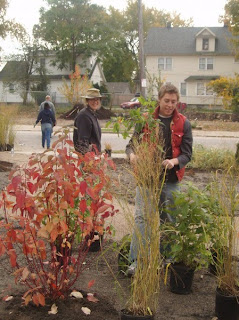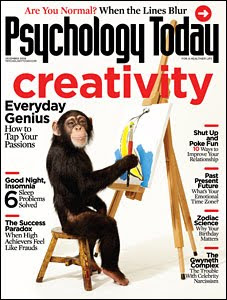 In a previous post, I mentioned the concept for a series on Creativity is… I even alluded to a future post I would write on this topic revealing something about my own future.
In a previous post, I mentioned the concept for a series on Creativity is… I even alluded to a future post I would write on this topic revealing something about my own future.
Well, now is the time to reveal that creativity is…taking a leap. So how did I come to this conclusion? Several months ago a good friend gave me the idea to go back to school to study interactive media and graphic design. The more I thought about it, the more I began thinking about it as taking a leap. I would be jumping back into school, a place I thought I’d left for good 10 years ago after earning my MA. Then, I began to consider that any great creative idea is also like taking a huge leap forward.
Think about it. How many creative ideas have been generated when someone just stood still and didn’t take in any new ideas, didn’t explore new places and made no new connections? I am guessing the number is pretty low if anything at all. That’s why creativity is…taking a leap.
- What has been your biggest creative leap?








